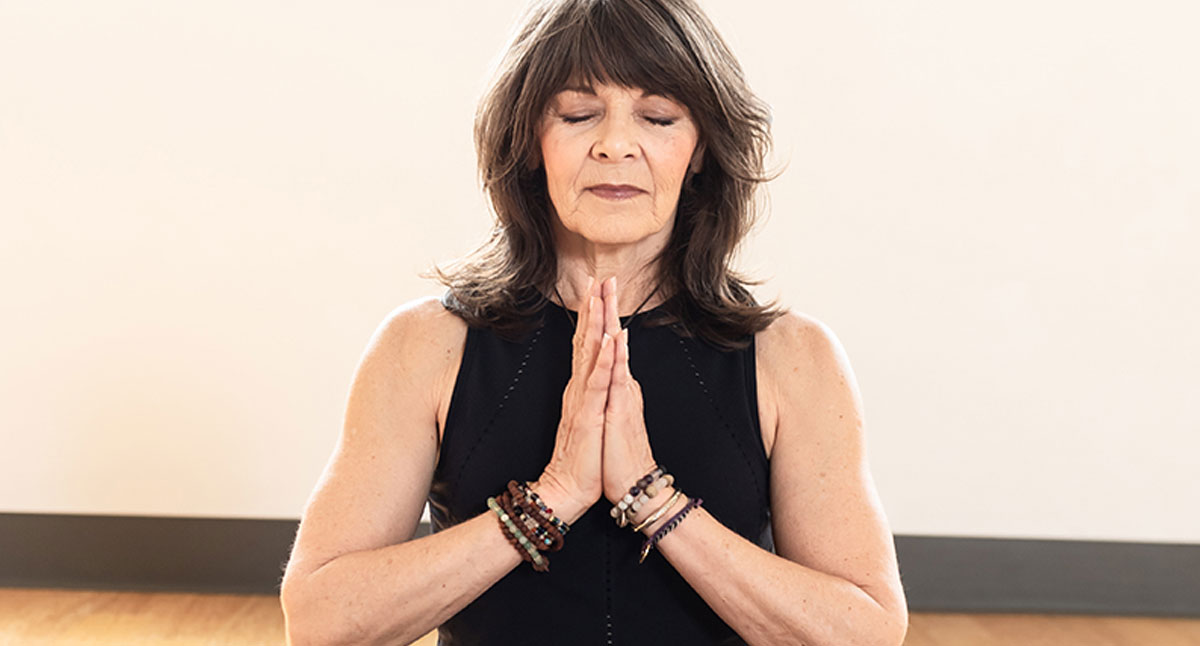
In a recent post, I wrote about the Eight Limbs of Yoga. The Eight Limbs are a framework for practicing all aspects of the system of yoga. The first of these limbs is called yama.
I consider yama to be the foundation of the whole system. Yama means “restraint.” In this context, restraint refers to using wise discrimination to consider your actions in the world, so that you create an ethical ground from which to act. The yamas are not commandments, however. They are guidelines for creating a peaceful life through your actions in the world. The yamas ask us to consider whether the actions we would like to undertake are likely to cause harm or to bring about happiness—for ourselves and others.
Like all the limbs of yoga, yama is a practice that we refine as we evolve in our lives. Applying the principles of the yamas in our lives requires that we consider them anew with each situation we find ourselves in. So, being mindful is key. The fact that there are no hard-and-fast rules makes the practice dynamic, and allows us to deepen our understanding as we move through our lives.
What follows is a very simple, very short synopsis of the yamas. Each one is worthy of a lifetime of study and practice. If you’re interested in inquiring further, my first book, Mindful Yoga, Mindful Life: A Guide for Everyday Practice, devotes a chapter to each yama, and includes ways you can incorporate the yamas into asana practice. The information below can perhaps act as a springboard for further inquiry.
The Five Yamas
- Ahimsa (Non-Harming): If yama is the foundation of the Eight Limbs of Yoga, then ahimsa is the foundation of that foundation. All the other yamas are refinements of the concept of non-harming. Ahimsa asks us to consider the possible consequences of our actions. It also asks us to be aware of our intentions. Alistair Shearer defines ahimsa as “dynamic peacefulness.” I like this way of describing it, because means we’re not simply avoiding causing harm. We are intentionally cultivating a peaceful way of being, so that over time, acting with kindness and care becomes automatic.
- Satya (Truthfulness): Truthfulness is the foundation of all our interactions in the world. In order for any relationship to grow and thrive, it must be based in truth. Being untruthful harms us by strengthening untruthfulness as a habit. It harms others because they can never feel safe when they can’t trust our intentions, words or actions. Here again, mindfulness is key. In order to recognize—and then act from—truth, we have to know what is true in the first place. We do this by looking deeply at our beliefs, habits and motivations.
- Asteya (Non-Stealing): Asteya asks us to refrain from taking what is not offered. This includes material goods (money, valuables) and also intellectual property. So we do not “help ourselves” to others’ possessions if we are not invited to do so. In the same vein, asteya guides us to ask permission and to credit others when we share their words and ideas.
- Brahmacharya (Wise Use of Sexuality): Our sexual energy is the source of our creativity. It is a powerful energy that has great potential to bring about happiness, or to cause harm if we misuse it. Sexual encounters must always be consensual, and must not be employed simply for our own self-aggrandizement. The misuse of this energy, especially by people in positions of power, is ubiquitous in all walks of life—including the yoga world. Like the other yamas, wise practice is complicated. Donna Farhi’s book, Teaching Yoga: Exploring the Teacher-Student Relationship, delves deeply into the teacher-student relationship, including the practice of brahmacharya.
- Aparigraha (Non-Greed): According to Buddhist practice, greed is one of the three sources of suffering. (The others are hatred and delusion.) It is a source of suffering because it can never be satisfied; it can only be temporarily quelled. When we get whatever it is that we want, we may feel satisfied, at least for a while. But it’s not long before some other desire arises, and leads us to pin our hopes on the next object we think we must have. Greed applies not only to material possessions, but also to relationships, experiences and the need for attention. The true sources of happiness is contentment, gratitude and appreciation for our lives as they are. This doesn’t mean we shouldn’t try to reach our aspirations. It simply means that we understand that everything in our lives comes and goes. Happiness is available to all of us, and its potential is already inside of us. The antidote to greed is to practice generosity. When we cultivate a habit of giving, we understand more deeply the joy of letting go.
Sometimes it can seem overwhelming to try to incorporate all these principles into your life. I suggest committing to practice one at a time. It can be helpful to commit to, say, a year practicing a single yama. The focus on one principle can help you incorporate it into your life more easily. Decide which of the yamas resonates most deeply for you. Then begin to apply it to the choices you make in your life.
